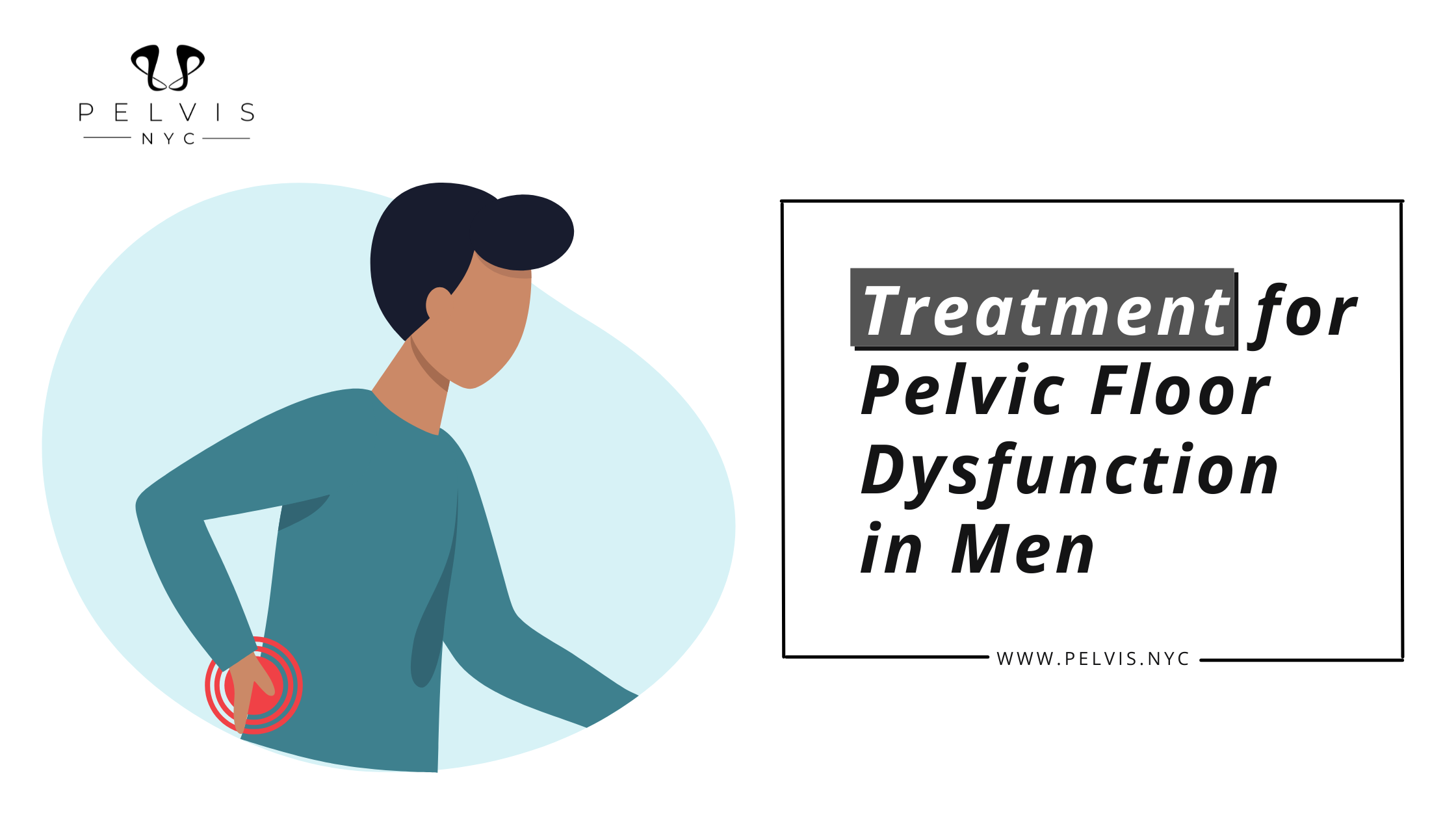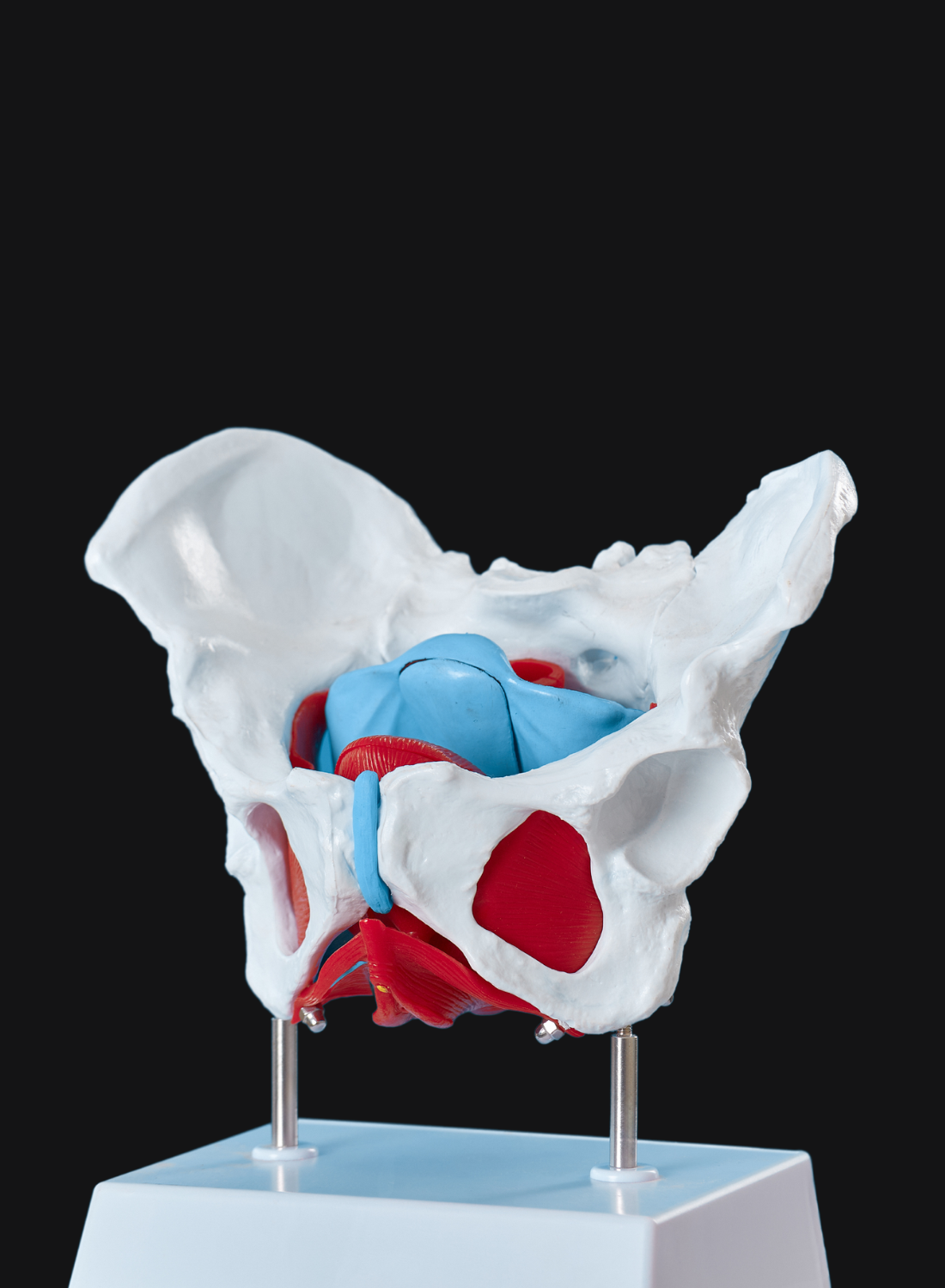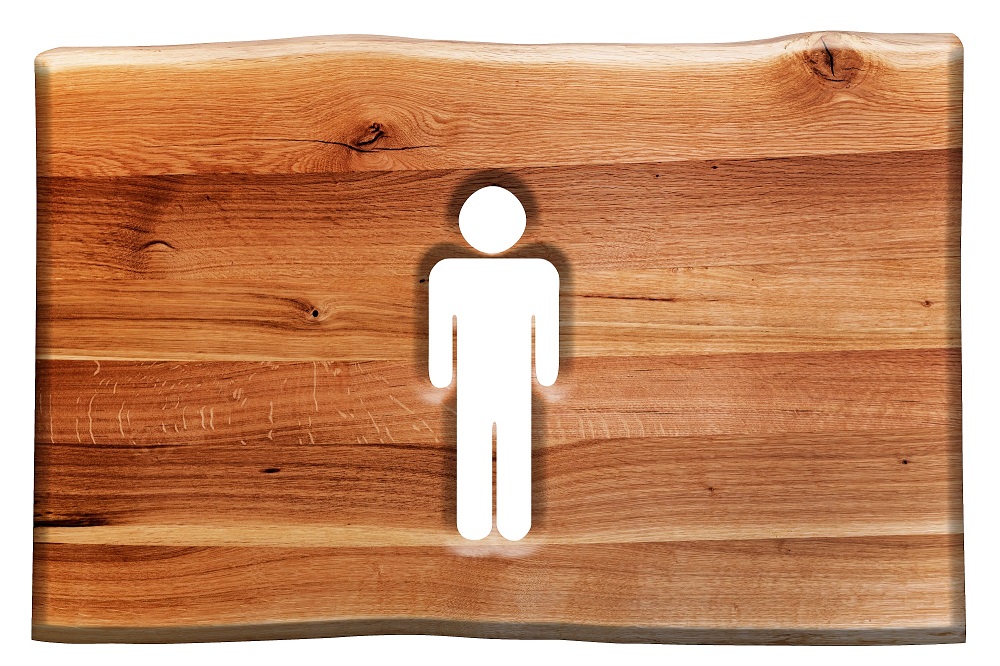Pelvic floor dysfunction is a condition that I often see in men. It’s a condition that is not talked about, but it’s more common than you might think. This can cause a range of unpleasant symptoms, but the good news is that with the right treatment, many men can experience significant relief.
In this blog, we’ll explore pelvic floor dysfunction, the symptoms to look out for, and the most effective treatment options available.
What is Pelvic Floor Muscle Dysfunction?
If you have been experiencing urinary incontinence, chronic pelvic pain, or sexual dysfunction, you might be dealing with a common issue called pelvic floor dysfunction. Pelvic floor problems can affect the muscles, ligaments, and connective tissue in your pelvic area, leading to a range of symptoms that can impact your daily life.
Healthcare professionals diagnose pelvic floor dysfunction by assessing patients’ health history, and symptoms, and conducting physical examinations to evaluate muscle function.
Symptoms of Pelvic Floor Dysfunction
The symptoms of pelvic floor dysfunction can vary widely, but some of the most common include:
Urinary Incontinence: The involuntary leakage of urine, often occurring during activities like coughing, sneezing, or physical exertion, and sometimes as a result of an inability to control the urge to urinate.
Chronic Pelvic Pain: Persistent or recurrent pain in the pelvic region lasting six months or more, which can be associated with various conditions affecting the reproductive, urinary, or digestive systems.
Pain During Sexual Intercourse: Also known as dyspareunia, this refers to persistent or recurring pain experienced during or after sexual intercourse, which can result from physical or psychological factors.
Erectile Dysfunction: The inability to achieve or maintain an erection sufficient for satisfactory sexual performance, often due to physical, psychological, or lifestyle factors.
Painful Bowel Movements: Discomfort or pain experienced during the passage of stool, which can be caused by conditions like hemorrhoids, anal fissures, or pelvic floor dysfunction.
Constipation: A condition characterized by infrequent or difficult bowel movements, often accompanied by a feeling of incomplete evacuation, and can be caused by diet, dehydration, or underlying health issues.
Fecal Incontinence: The inability to control bowel movements, leading to involuntary leakage of stool, which can result from weakened pelvic floor muscles, nerve damage, or gastrointestinal disorders.
The anal sphincter plays a critical role in the process of defecation, and its proper functioning is essential for effective stool evacuation. Issues with the anal sphincter can lead to conditions like fecal incontinence.
Pelvic Floor Physical Therapy Treatment Options

If you’re finding yourself dealing with symptoms of pelvic floor issues, don’t worry. These symptoms can be tough to handle, but there are ways to manage them. As a physical therapist, I have helped many men overcome the discomfort and inconvenience that comes with this issue.
At Pelvis NYC, we take a personalized approach to treatment, recognizing that each patient’s situation is unique. We also offer a variety of effective treatment options to help you regain control and confidence. Here are some of the ways we can help:
- Pelvic floor muscle strengthening exercises: Pelvic floor exercises use to help you improve the strength and endurance of your pelvic floor muscles. Furthermore, it can help improve bladder and bowel control, reduce pelvic pain, and enhance sexual function.
- Pelvic floor physical therapy: This specialized form of therapy can improve muscle contraction and rectal sensation, aiding in the management of conditions like rectocele and anismus.
- Biofeedback therapy: This technique uses specialized sensors to help you visualize and understand your body’s responses to certain exercises, making it easier to train your pelvic floor muscles effectively.
- Manual therapy techniques: We use gentle manual techniques to help release tension and tightness in the pelvic floor muscles and then, reduce pain and promote healing.
- Electrical stimulation: This therapy uses low-voltage electrical currents. This stimulates the pelvic floor muscles, helping them to contract and relax more effectively.
- Relaxation techniques: Stress and tension can exacerbate symptoms of pelvic floor dysfunction. We offer relaxation techniques such as deep breathing and mindfulness to help you reduce stress and improve your overall well-being.
Conclusion:
If you’re experiencing symptoms of pelvic floor dysfunction, know that there are effective treatment options available. Strong pelvic muscles are essential for maintaining pelvic health and preventing conditions like pelvic organ prolapse and incontinence. Understanding pelvic floor disorders is crucial, as they can significantly impact quality of life. Don’t suffer alone – reach out to a qualified physical therapist today to get the help you need to feel your best.
If you have more questions, feel free to visit www.pelvis.nyc and get a FREE 15-minute teleconsultation. Our team is here to help you find relief and get back to doing the things you love.






